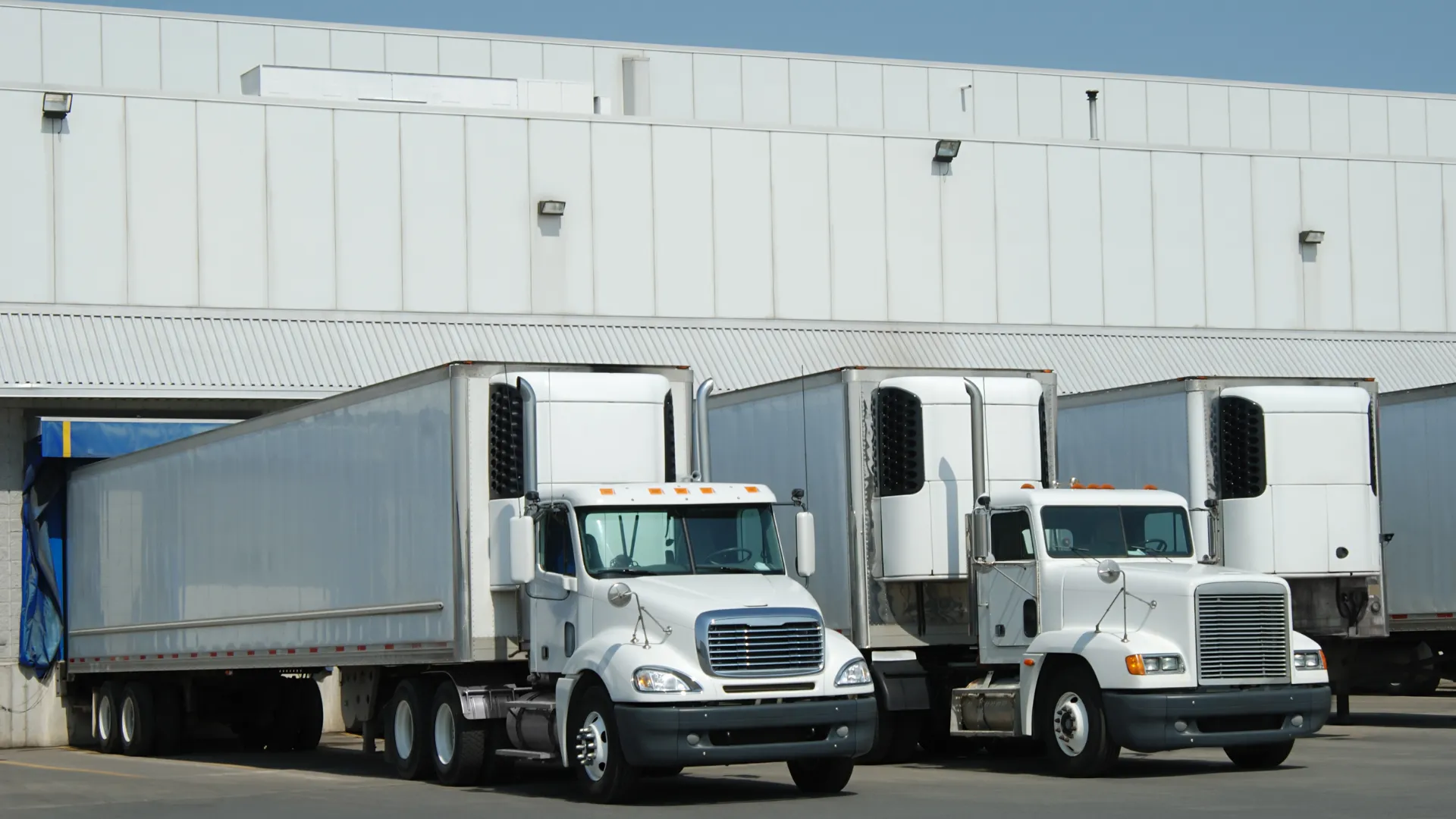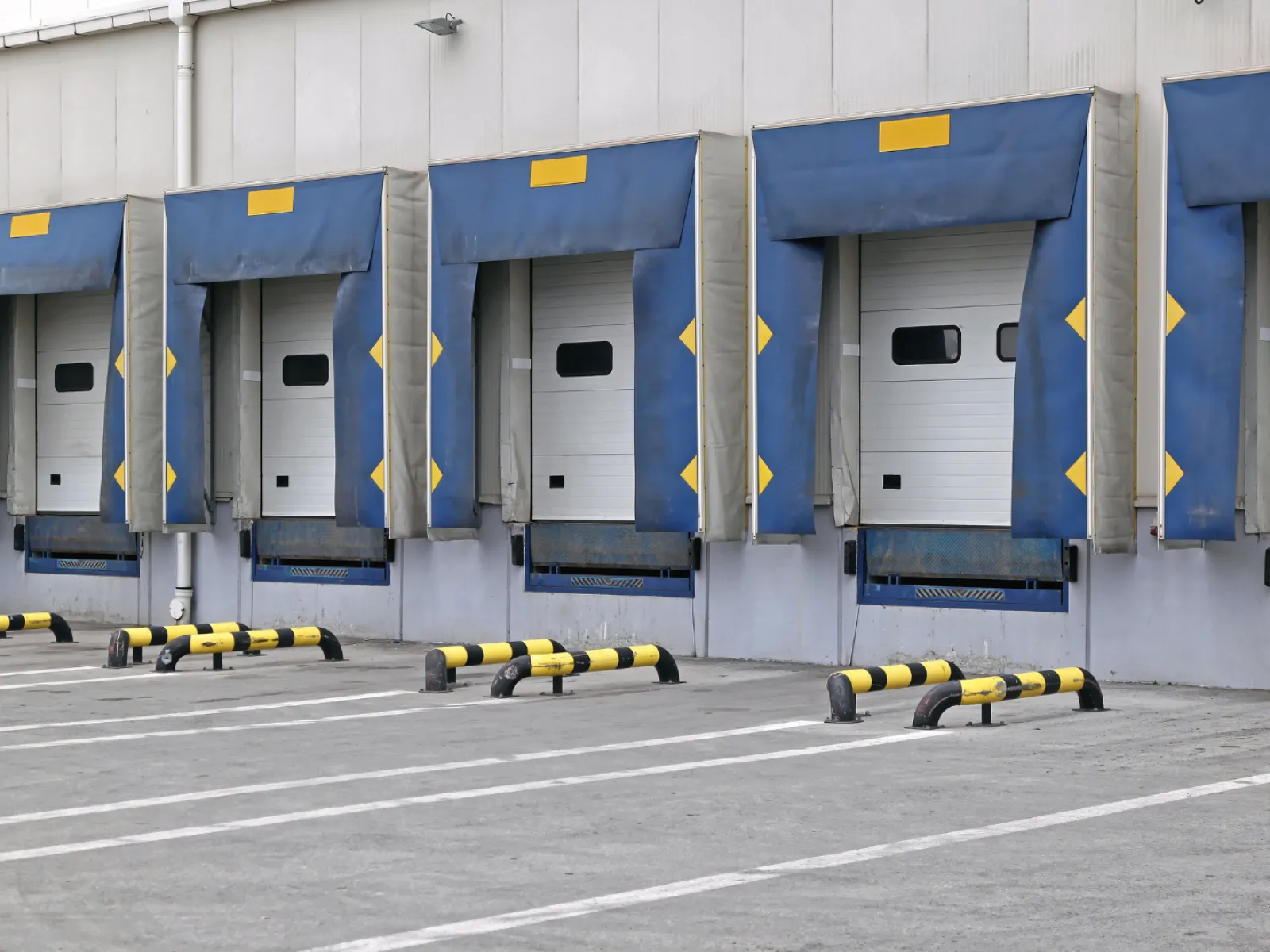
Cross-Docking in Atlanta
Efficient Cross-Docking Service at our Atlanta Facility
What is Cross-Docking
Cross docking is a logistics strategy that minimizes the amount of time products spend in warehouses or storage facilities. In this process, products are received at a cross-dock terminal, sorted, and quickly distributed to their final destinations. This streamlined approach bypasses traditional storage and minimizes handling, which reduces costs and accelerates delivery times.

What Are the Advantages of Cross-Docking
Cross-docking provides advantages such as reduced warehousing costs, faster delivery times, improved efficiency, decreased risk of product damage, and environmental benefits.
- Reduced warehousing costs: By minimizing or eliminating the need for warehouse storage, cross docking significantly lowers storage and inventory costs.
- Faster delivery times: With products quickly moving from the inbound to the outbound dock, delivery times are shortened and customers receive their orders more rapidly.
- Improved efficiency: By simplifying the supply chain, cross docking reduces the number of touchpoints, resulting in a more efficient and streamlined logistics process.
- Decreased risk of product damage: With fewer touchpoints and less handling, the risk of product damage is reduced, ensuring a higher-quality experience for the end customer.
- Environmental benefits: Reduced storage times and a more efficient supply chain can contribute to lower energy consumption and reduced carbon emissions.
Differences Between Cross-Docking and Transloading
While both cross-docking and transloading are used to optimize the logistics process, there are key differences between the two:
Cross-Docking
-
Quick transfer of products from inbound to outbound transportation with little to no storage time.
-
Handles pre-sorted loads already labeled for specific destinations.
-
Emphasizes minimal handling and storage time to speed throughput.
Transloading
-
Moves freight between different transportation modes (e.g., truck → rail), and may require brief interim storage.
-
Involves sorting and consolidating shipments arriving from multiple origins.
-
Prioritizes efficient end-to-end transit by leveraging a mix of transport modes.
What Type of Shipper Uses Cross-Docking
Retailers
Large retail chains often use cross-docking to rapidly distribute products to their stores, minimizing storage costs and ensuring a consistent flow of inventory.
E-commerce businesses
Online retailers can benefit from the reduced delivery times and improved efficiency offered by cross-docking.
Perishable goods suppliers
Businesses handling perishable items, such as food or flowers, rely on cross docking to minimize storage time and maintain product quality.
Automotive and manufacturing industries
Cross docking helps these industries manage just-in-time deliveries of parts and materials, optimizing production processes.
What Our Customers Have To Say
When to Cross-Dock
Cross docking is an ideal solution when:
- Products have a high turnover rate and short shelf life, such as perishable goods or items with high demand.
- Shipments are pre-sorted and destined for specific locations, allowing for efficient distribution without the need for additional handling.
- The supply chain is well-organized and synchronized, ensuring smooth coordination between suppliers, carriers, and distributors.
What Situation Does Cross-Docking Solve?
Cross-docking is a highly efficient logistics solution that addresses various concerns in the supply chain, such as reducing storage and inventory costs, accelerating delivery times for increased customer satisfaction, and streamlining complex processes. Cross-docking is an effective solution for situations where:
- Reducing storage and inventory costs is a priority.
- Faster delivery times are essential for maintaining customer satisfaction and meeting demand.
- The supply chain is complex, and a more streamlined process is desired.
- The reduction of product damage and handling is a concern.
- Environmental considerations, such as reducing energy consumption and carbon emissions, are important factors in the logistics process.